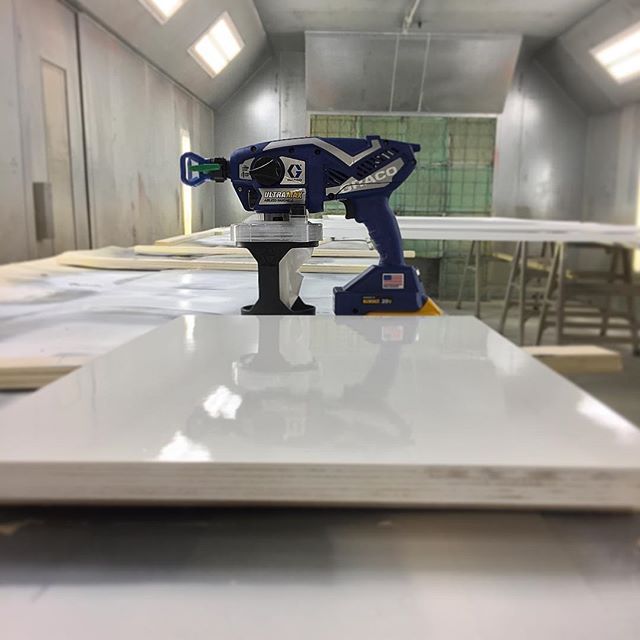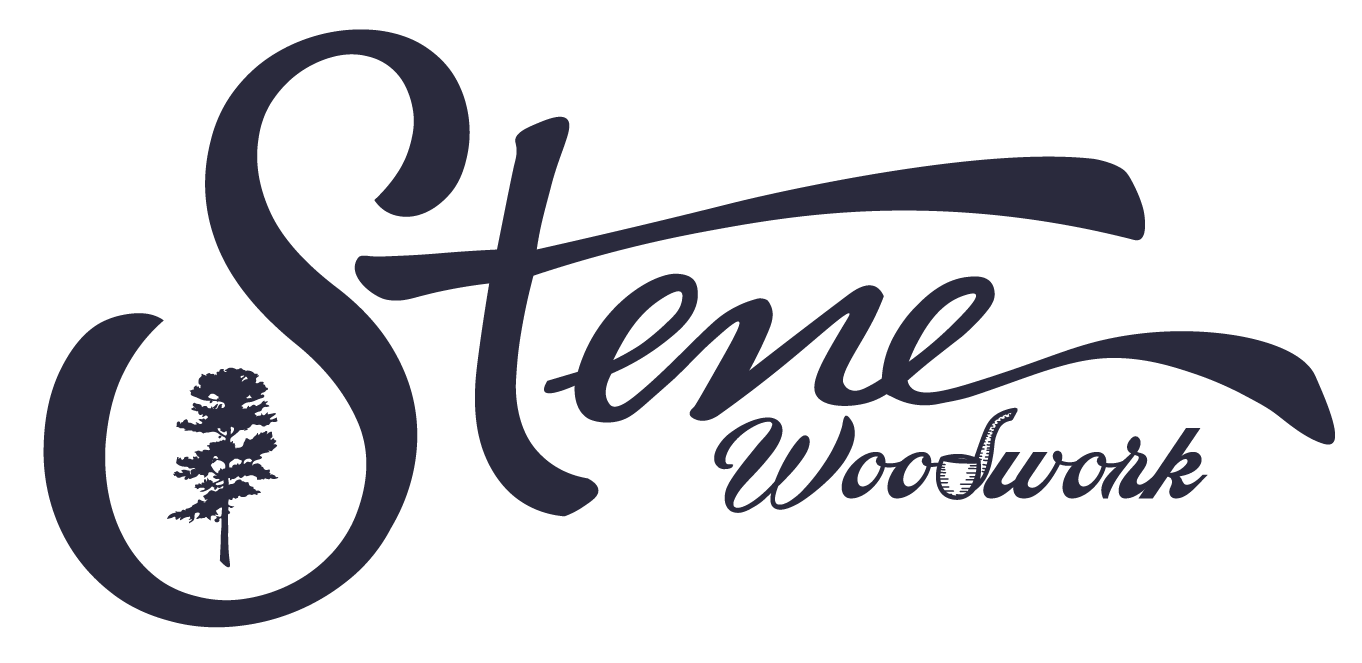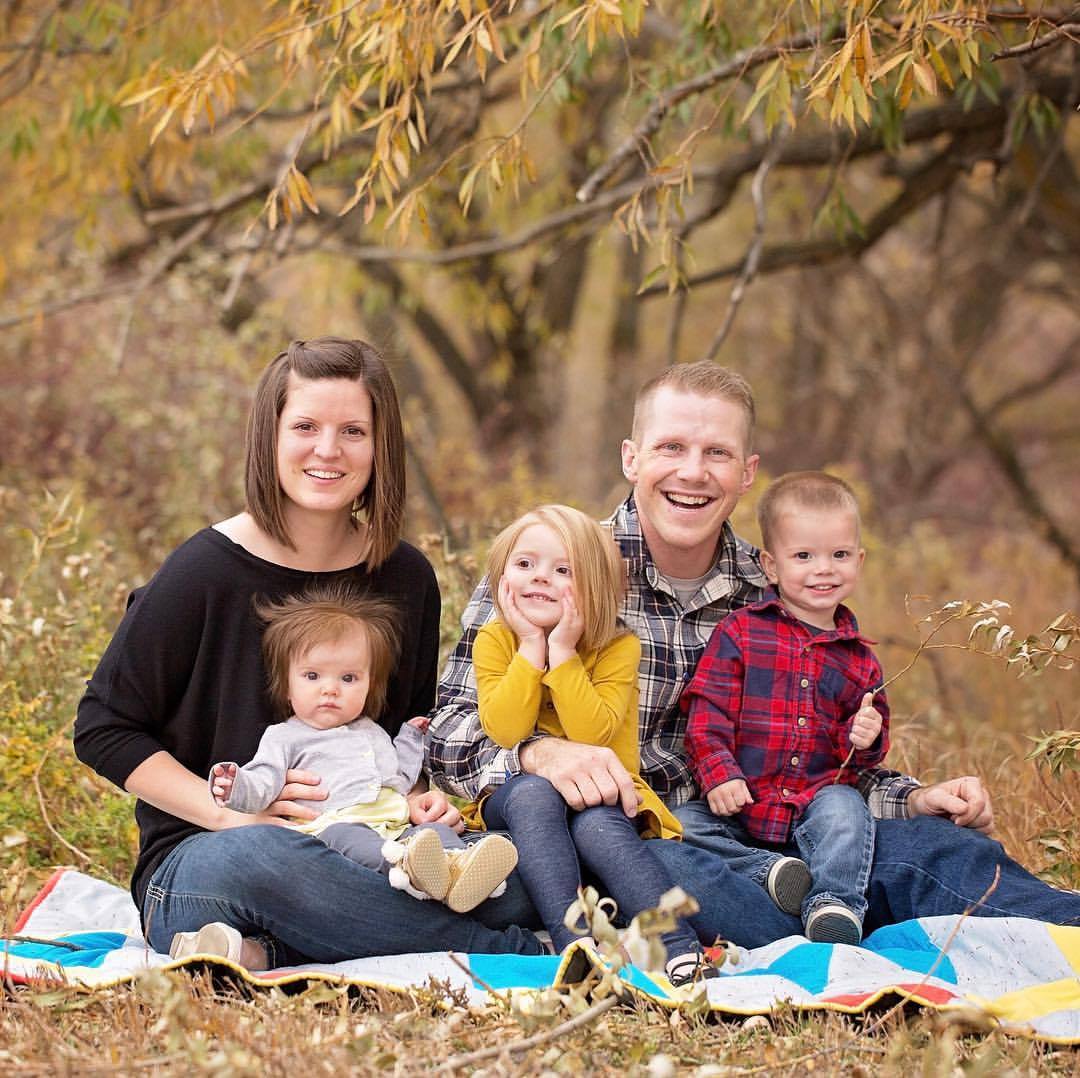Finishing Projects Before Glue-Up
- By John Stene
- •
- 24 Dec, 2018
- •
Is it Worth the Hassle?

Recently I've been reassessing the work-flow in the shop when working on furniture. Usually finishing is the last step in the process, with assembly of the piece preceding it. But in the last few months I have been noticing different builders like Philip Morley(@philipmorleyfurniture) and Darren Oats(@darrenoatesfinefurniture) on Instagram pre-finishing their pieces before assembly.
Now the benefits of this method that I have noticed are ease of finish application, and the elimination of hard to reach areas like inside corners. The finish quality seems to be more consistent, since all of the areas can be sprayed and then sanded evenly. Application of dyes and stains is also much easier, because they can be applied and wiped off evenly. All in all the finish seems to be much better with this method.
The catch is that all of the areas that will be glued need to be masked off, and the masking trimmed so that only the parts within the joint are left unfinished. I just built three floating decor shelves and tested this method with excellent results.
The only frustration is the time needed to mask everything off. It took me quite a while, mostly because I am not used to doing it, and it added another step to the finish process, which I loathe to begin with.
The added benefit that I believe makes it worth the time is that glue squeeze-out is no longer an issue, because depending on the finish and glue used, you can either wipe it away, or allow it to dry and simply peel it off the finish(because wood glue needs a porous material to stick). This I found to be the biggest advantage, because we all have had that light spot where we missed a bit of glue when sanding that pops up when staining or after the first coat of finish.
I've only pre-finished two projects so far, but the end result of both have been so positive that my inexperience with the method has been negated. Needless to say I will be continuing to experiment with it, and will hopefully make the process faster and more efficient.
Do you have any information that might add value to this topic? If so please share it in the comments below, we'd love to keep the knowledge flowing!
Now the benefits of this method that I have noticed are ease of finish application, and the elimination of hard to reach areas like inside corners. The finish quality seems to be more consistent, since all of the areas can be sprayed and then sanded evenly. Application of dyes and stains is also much easier, because they can be applied and wiped off evenly. All in all the finish seems to be much better with this method.
The catch is that all of the areas that will be glued need to be masked off, and the masking trimmed so that only the parts within the joint are left unfinished. I just built three floating decor shelves and tested this method with excellent results.
The only frustration is the time needed to mask everything off. It took me quite a while, mostly because I am not used to doing it, and it added another step to the finish process, which I loathe to begin with.
The added benefit that I believe makes it worth the time is that glue squeeze-out is no longer an issue, because depending on the finish and glue used, you can either wipe it away, or allow it to dry and simply peel it off the finish(because wood glue needs a porous material to stick). This I found to be the biggest advantage, because we all have had that light spot where we missed a bit of glue when sanding that pops up when staining or after the first coat of finish.
I've only pre-finished two projects so far, but the end result of both have been so positive that my inexperience with the method has been negated. Needless to say I will be continuing to experiment with it, and will hopefully make the process faster and more efficient.
Do you have any information that might add value to this topic? If so please share it in the comments below, we'd love to keep the knowledge flowing!



